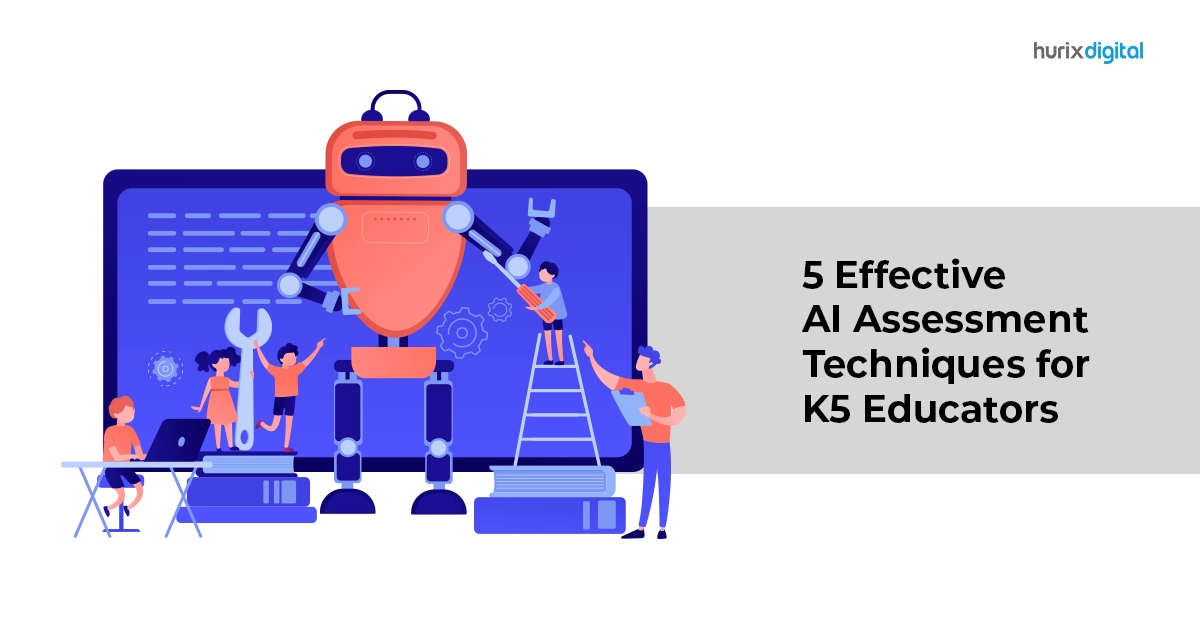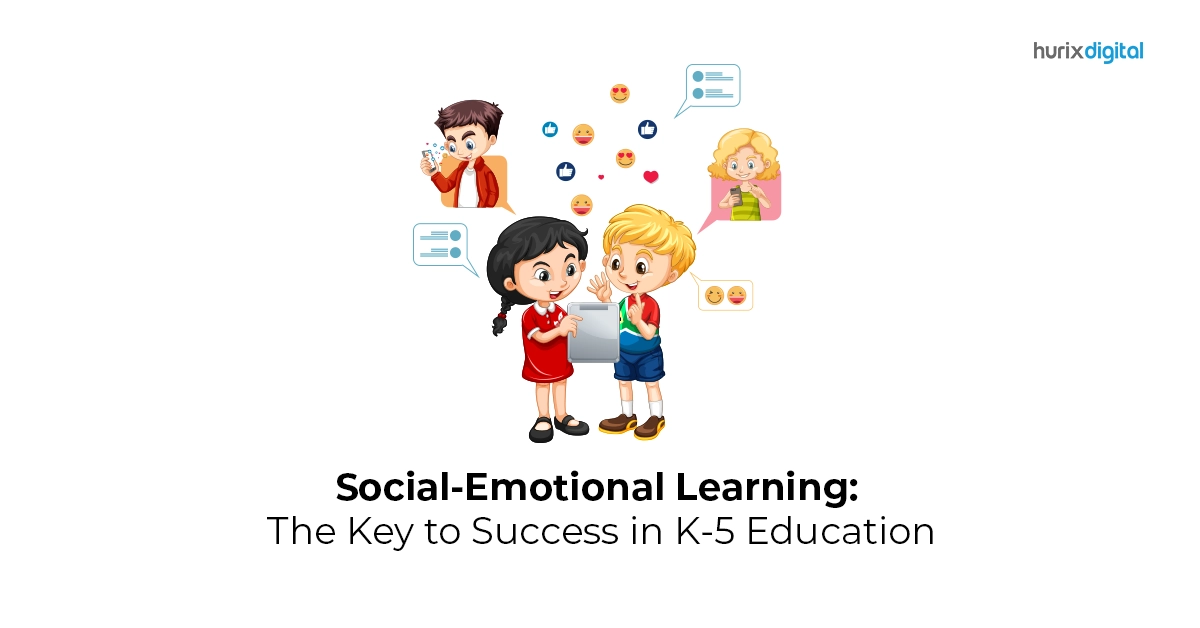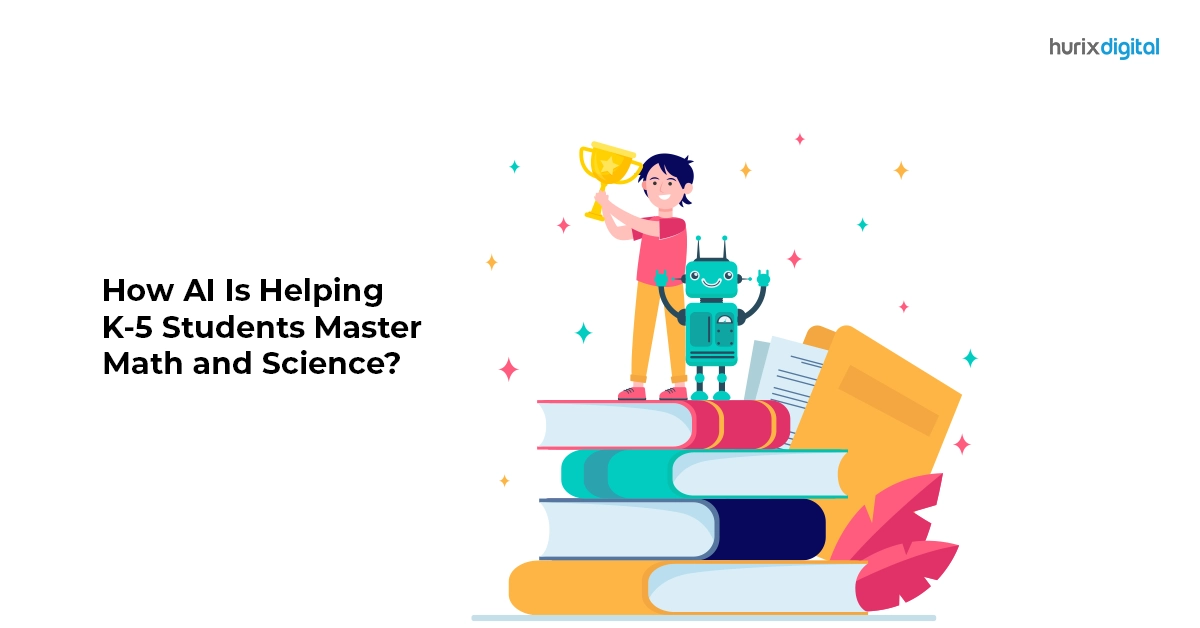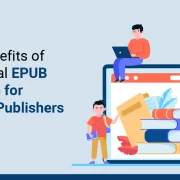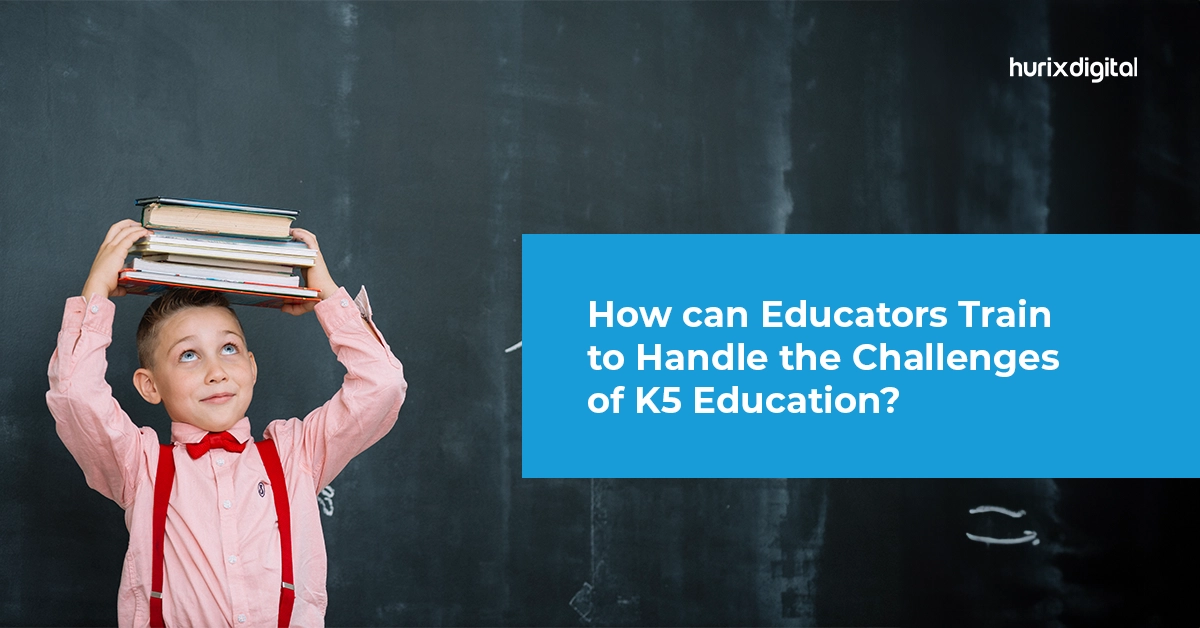
How can Educators Train to Handle the Challenges of K5 Education?
Summary
Learn how educators can be trained to address and manage the unique challenges of K-5 education, including strategies for effective teaching and student support.
K5 education, or elementary education, is the first stage of formal schooling for children aged 5 to 11 years. It lays the foundation for academic, social, and emotional learning in young minds. K5 education cultivates positive attitude, critical thinking, creativity, and collaboration skills.
Yet, educators often face challenges in providing adequate education at this stage. These obstacles can hinder the learning experience for both students and teachers. Hence, you must be well-prepared, flexible, and innovative in teaching methods and strategies.
This article will explore the significant K5 education challenges and provide practical solutions to overcome them. Read on to learn more!
Table of Contents:
What are the Education Challenges of K5 and How to Tackle Them?
As an educator, you know how important it is to give young learners quality education. It is especially crucial during their formative years.
Still, K5 education brings forth issues that demand innovative solutions to ensure effective learning outcomes. Let’s explore these challenges and discover the strategies to tackle them head-on.
Challenge 1: Curriculum Development for K5
Creating an engaging K5 curriculum that caters to diverse learning needs is difficult. The curriculum development for K5 must be age-appropriate and stimulating.
The content should also meet educational standards for young children. It includes considering their cognitive, social, emotional, and physical abilities.
Solutions for Educators
You must focus on a multidisciplinary approach, blending real-world examples and interactive activities. It will make the curriculum more engaging and relevant to the students’ lives.
Here are some ways you can train yourself to overcome this issue:
- Attend professional development workshops that focus on K5 curriculum development.
- Collaborate with your peers, both within the school and outside. It will help you share best practices and innovative ideas for curriculum development.
- Engage in reflective practice by seeking feedback from students, colleagues, and parents. With these observations and insights, you can make necessary adjustments.
- Use AI-based techniques to improve the assessment processes in K5 education. AI removes biases in grading by providing accurate feedback and maintaining consistency.
Challenge 2: Social and Emotional Learning in Primary Grades
Children in their early years are still developing their social and emotional skills. Hence, you must create a safe and supportive learning environment.
Social and emotional learning (SEL) prepares students to navigate relationships, manage emotions, and make responsible decisions. Integrating SEL into the curriculum can be challenging. It is due to the need for age-appropriate content and limited resources.
Also Read: Future of K5 Education: How Technology is Changing the Way We Learn
Solutions for Educators
You can mix social-emotional learning (SEL) strategies into your K5 education practices. Here’s how you can foster a positive classroom culture and help students develop these skills:
- Incorporate online time management tools to help students practice self-management skills and better organize their tasks.
- Enforce digital storytelling tools to raise social awareness and encourage students to reflect on social issues.
- Incorporate gamification tools that align with the social-emotional learning curriculum to foster empathy, teamwork, and emotional intelligence.
- Use digital to-do list creation tools to assist students in setting goals and managing their time effectively.
Challenge 3: Less Focus and Limited Attention Span
Young learners often have shorter attention spans. Hence, it becomes challenging to keep them engaged throughout the lesson. It can hinder the learning process and impact academic outcomes.
Moreover, you may have to deal with behavioral issues like restlessness, boredom, or disruption.
Solutions for Educators
To overcome this issue, you must train yourself to use interactive teaching methods that capture learners’ attention. Some examples of interactive and engaging teaching methods are:
- Incorporate hands-on activities to manipulate, create, or experiment with physical objects or tools. They can stimulate children’s senses, curiosity, and creativity.
- Use visual aids such as images, graphics, videos, maps, animations, and documentaries to explain concepts. They enhance engagement and make learning more fun.
- Harness the power of educational games like quizzes, puzzles, and trivia to make learning more meaningful. They improve focus and trigger emotions, interests, and competitiveness.
- Consider technology-based learning platforms that use e-books, videos, podcasts, or games to simplify learning. They can offer more variety, interactivity, and feedback, making learning more accessible and flexible.
Challenge 4: Technology Integration
In today’s digital age, integrating technology into K5 education is essential to prepare students for the future. Yet, this poses a challenge for educators who may not be familiar with the latest tech tools and resources.
Solution for Educators
To overcome this challenge, educators can seek professional development opportunities to enhance their technological skills. Consider these expert tips for integrating technology into your teaching:
- Explore online courses, attend workshops, and collaborate with other educators to learn about innovative ways to create interactive learning experiences.
- Leverage educational apps, online resources, and interactive whiteboards to enhance student engagement and facilitate personalized learning experiences.
Challenge 5: Language Development
Language development is a crucial aspect of K5 education. Hence, students may need help with vocabulary acquisition, reading comprehension, and verbal expression.
Moreover, you may also face the challenge of supporting language development for non-native speakers.
Solution for Educators
As an educator, you must encourage students to develop a passion for reading and communication. Here is how you can help young learners succeed:
- You can undergo specialized elementary education training on language development strategies. It includes phonics instruction, vocabulary-building activities, and interactive storytelling.
- Provide a print-rich environment where books and written materials surround students. Using strategies such as read-aloud sessions or word games also promotes literacy skills.
- Take training in English as a Second Language (ESL) teaching strategies. It equips you to advance pronunciation and comprehension skills for non-native speakers.
Challenge 6: Different Learning Styles
Students have varied learning preferences, such as visual, auditory, or kinesthetic. Some students may excel with visual aids, while others may need hands-on activities or verbal explanations.
Solutions for Educators
You must find ways to present information in diverse formats to cater to various learning styles. Here’s how you can create a more inclusive learning environment:
- Adopt a differentiated instruction approach to address the diverse learning styles of students. It involves using modes of instruction like visual aids, podcasts, and hands-on activities.
- Use online platforms to create and deliver digital content that caters to distinct learning styles. Use multimedia, interactivity, and personalization to enhance the learning experience.
Challenge 7: Classroom Management
Managing a classroom full of energetic K5 students can be overwhelming. They need constant attention and guidance to stay engaged in learning activities.
Solution for Educators
It is crucial to meet the individual needs of every student while also creating a safe and conducive learning environment. Consider the following strategies and tips:
- You can receive elementary education training on effective classroom management strategies. It includes establishing consistent routines, using behavior management systems, and promoting positive learning.
- Use visual cues, reward systems, and clear expectations to maintain discipline while creating a nurturing space for students.
Also Read: Emerging Trends in Education Technology in 2023
Final Thoughts
K5 education is a vital and valuable stage of schooling that shapes the future of young learners. Although it presents many challenges, you can tackle them with the proper elementary education training and strategies.
That’s where Hurix Digital can help by providing you with the best digital content and learning solutions. Their tailored online teaching platforms can support your training needs and help you create an inclusive learning environment for all students.
So why wait? Empower yourself as an educator and overcome K5 education challenges. Explore Hurix Digital’s innovative K5 education solutions and unlock your potential!
Get in touch with Hurix Digital now!

